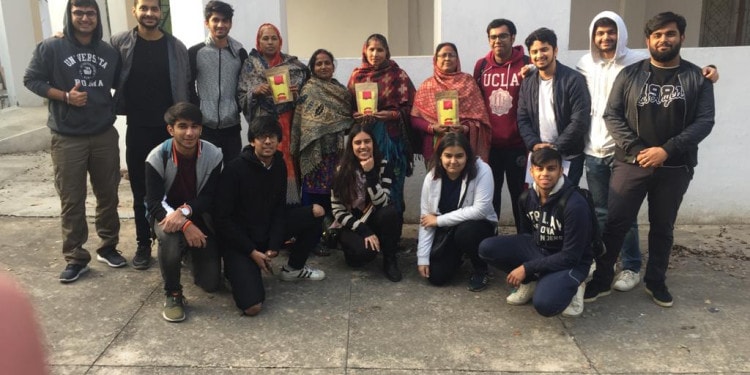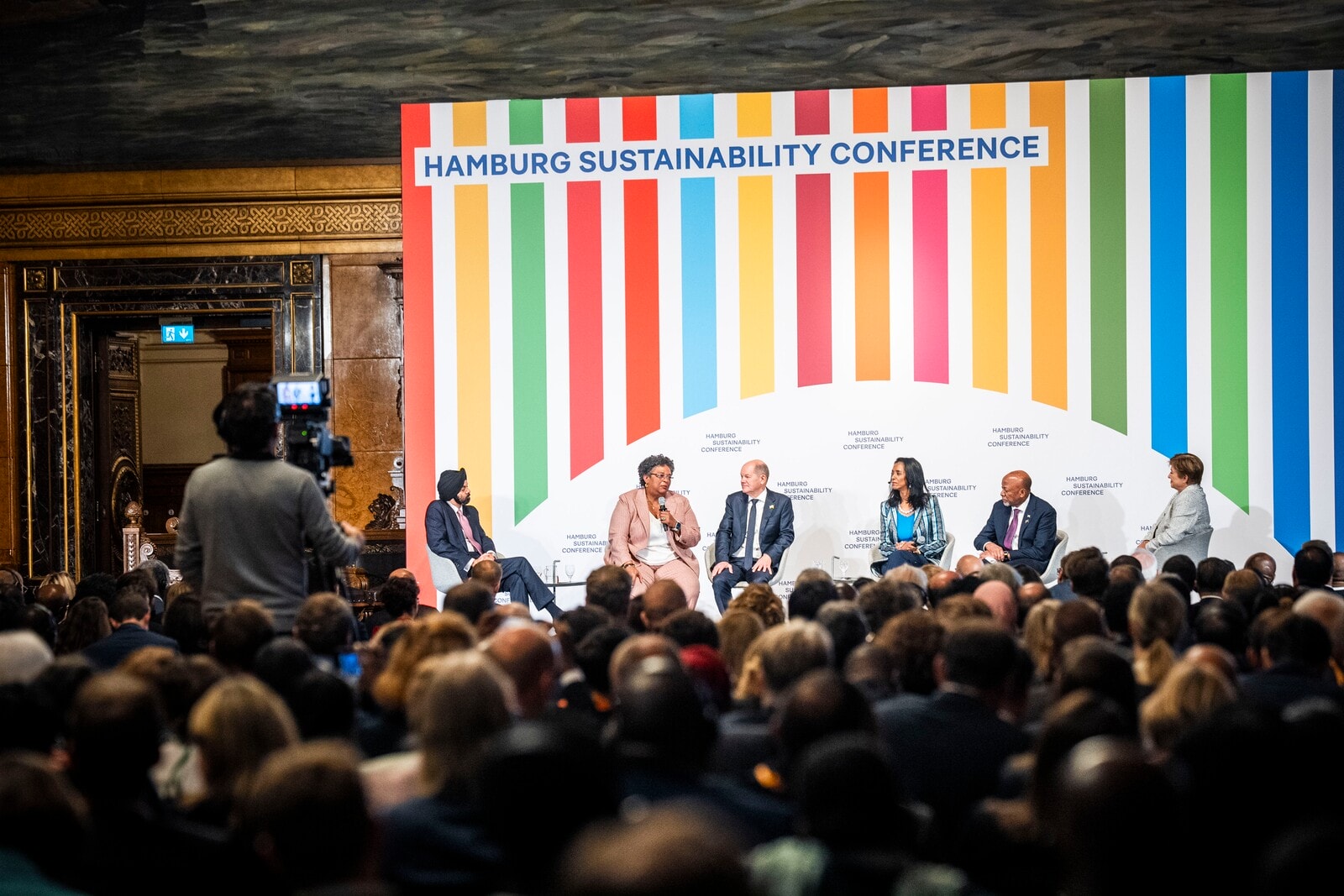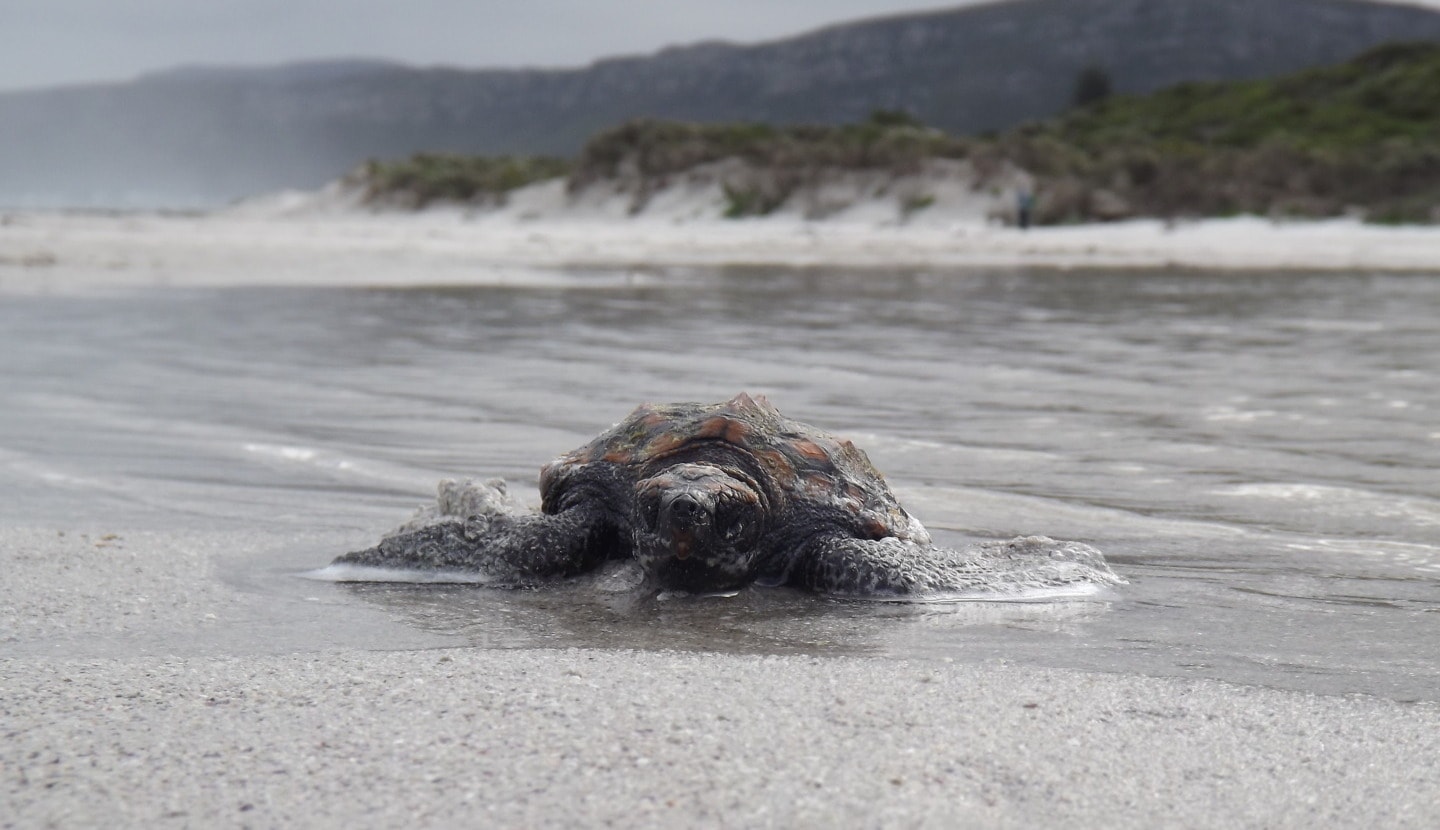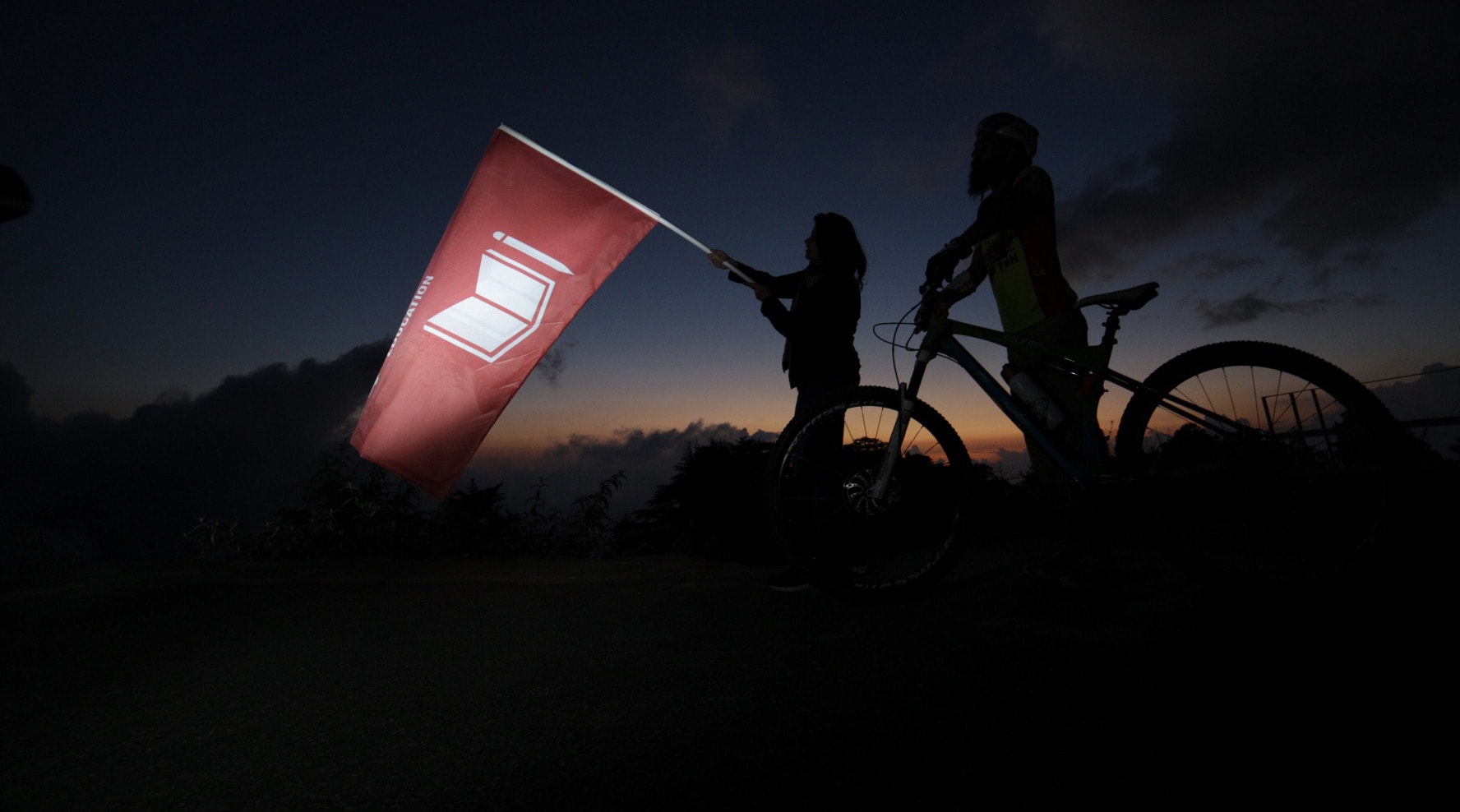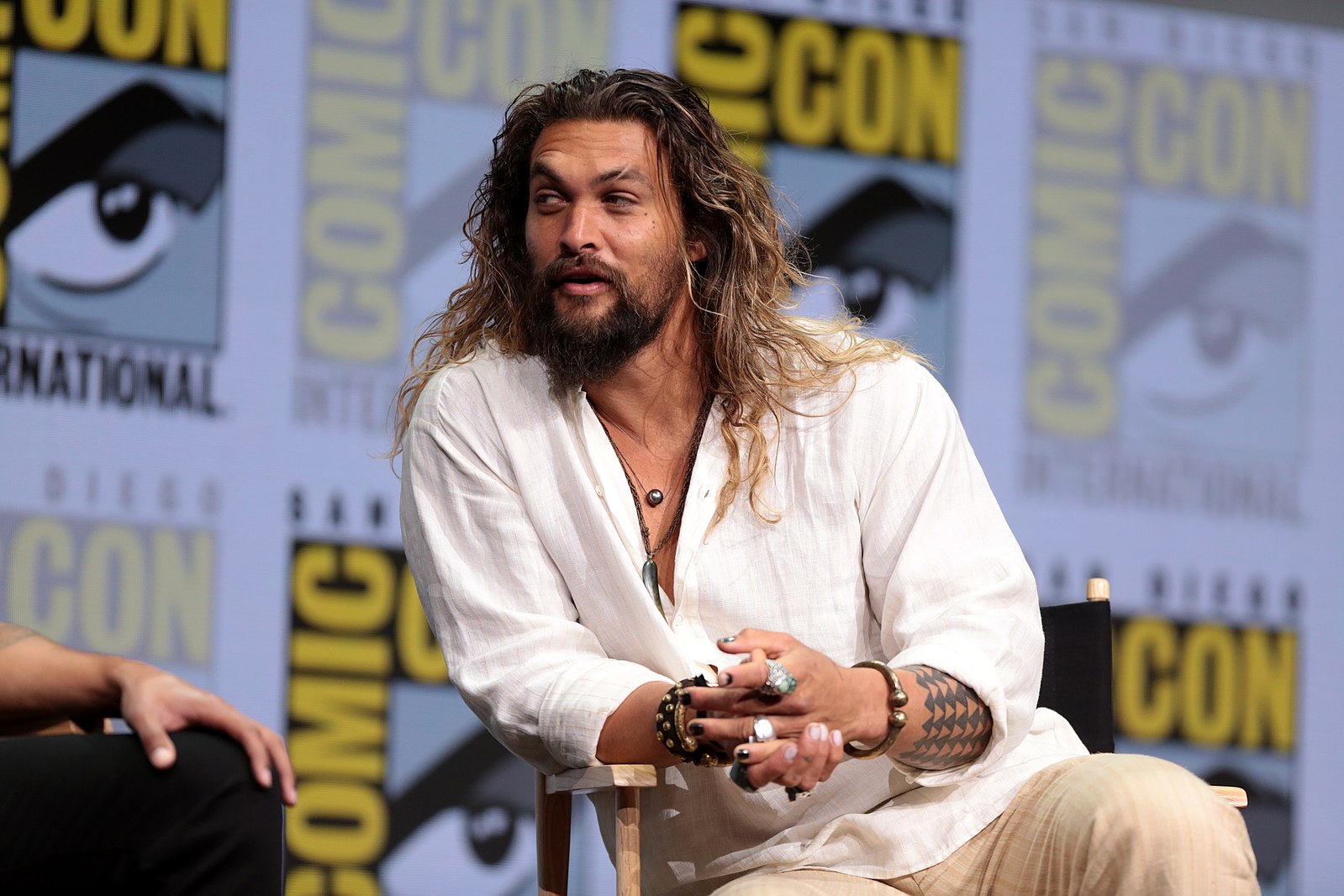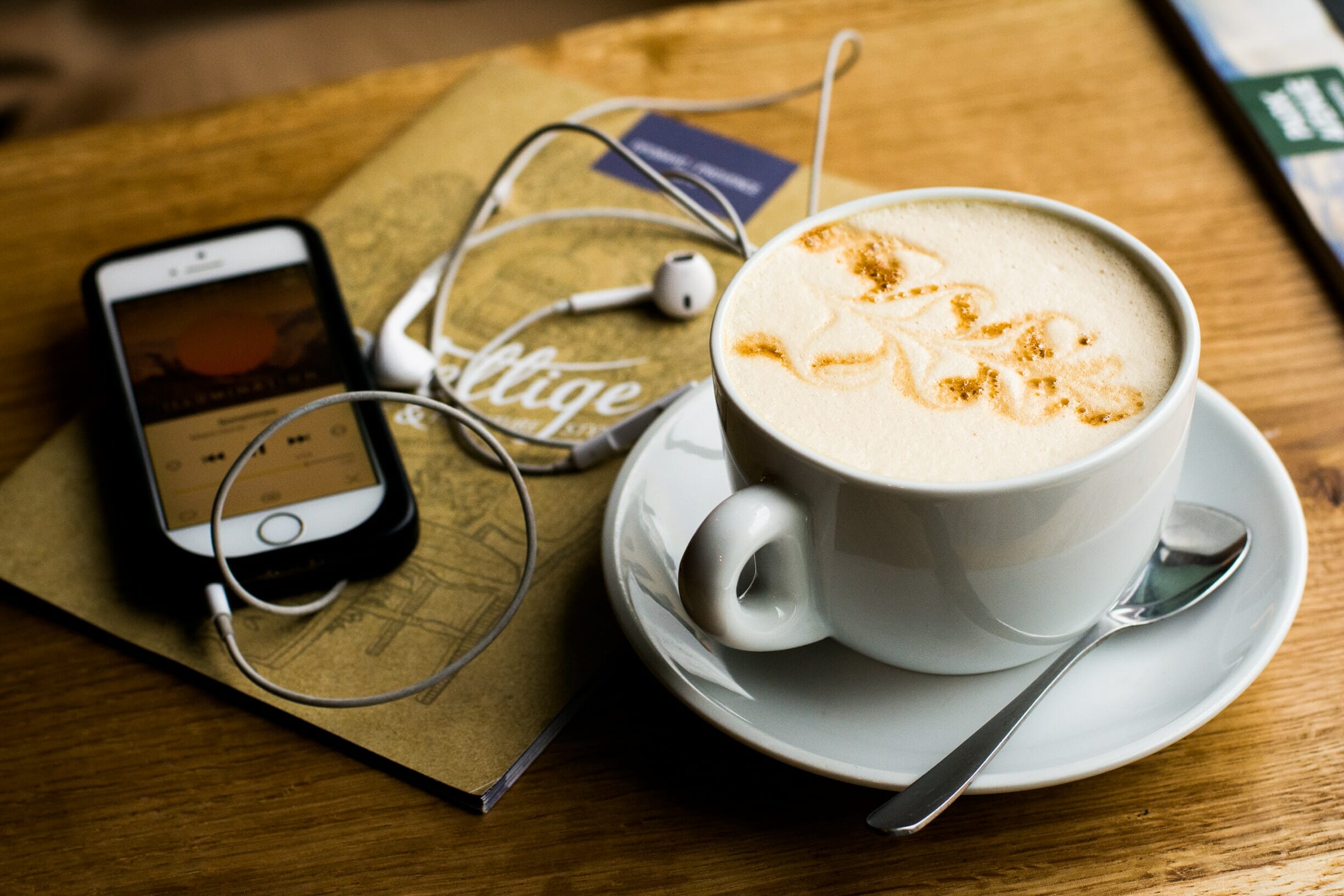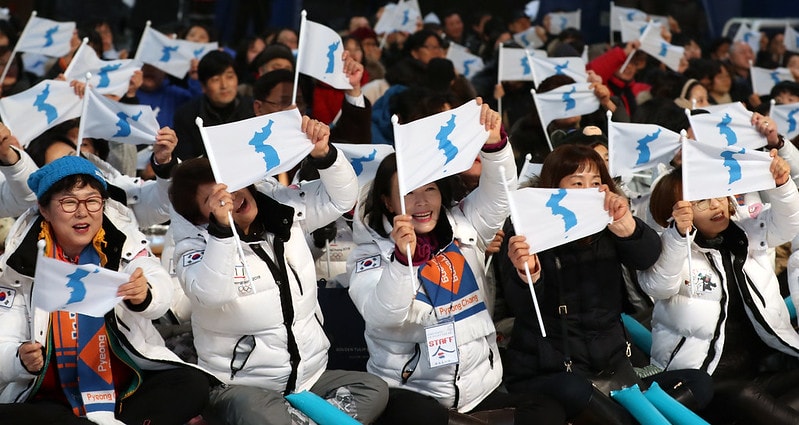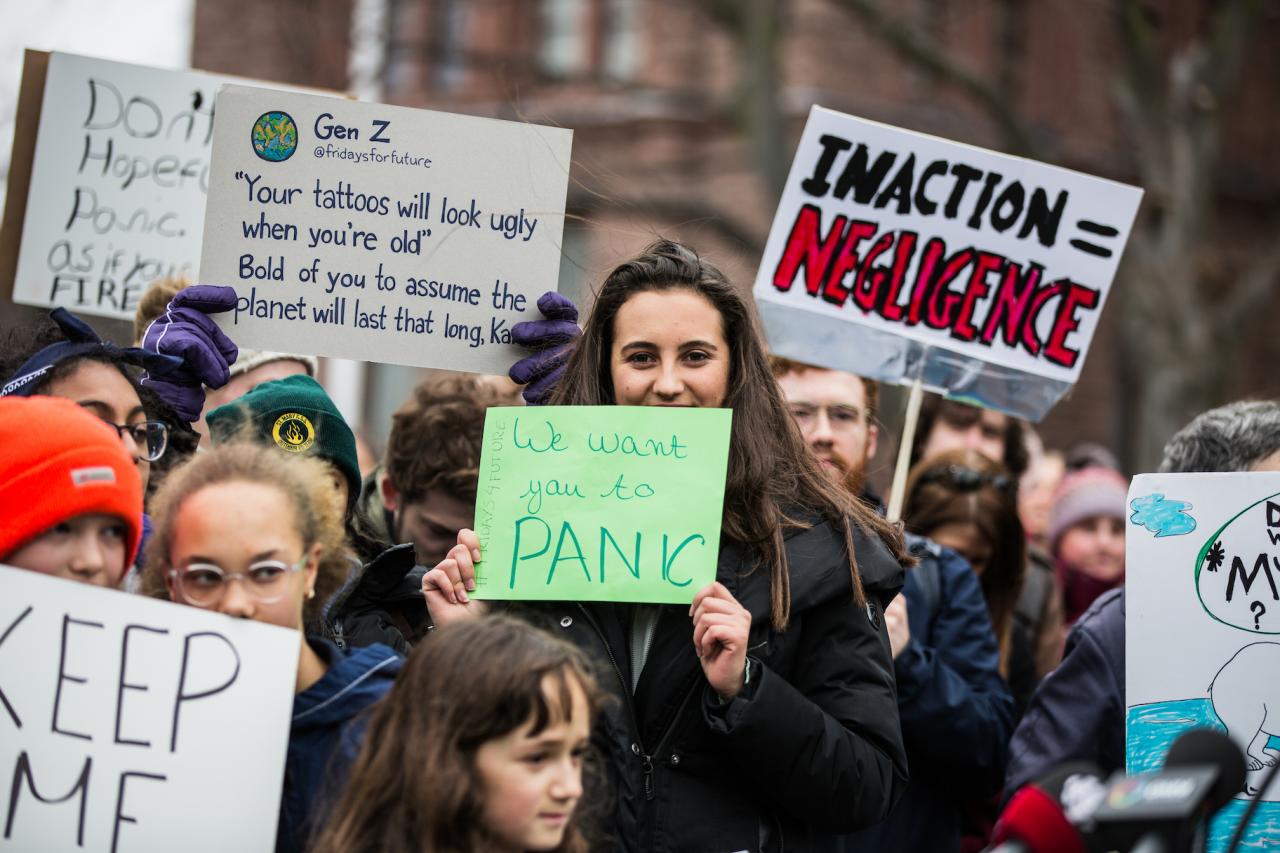How Enactus Aryabhatta, a team of young entrepreneurs in India, is accelerating the achievement of the SDGs.
Are the SDGs attainable? Many people ask.
It’s easy to let the seemingly slow progress of SDG implementation discourage us from taking action. Yes, 2030 is not far away and the goals are ambitious. But as with other goals, collective effort can make the SDGs mutually achievable.
While all the world regions have made some progress in achieving the SDGs, countries in east and south Asia have gone the furthest. India, for example, is one of the countries that have made considerable progress on several SDG indicators. However, more needs to be done, especially on the gender equality, hunger, and poverty fronts.
Achieving the goals at the national level has proven difficult across the globe. In India, this problem has been especially evident due to the nation’s large population and rapid economic growth. Tackling the SDGs on a local level, however, has proven to be an effective strategy.
Enactus Aryabhatta (EA), a student-led team of young entrepreneurs from India’s Aryabhatta College, is using a localised, community-based approach to curb poverty, promote gender equality and empower the underprivileged, thus accelerating the progress on achieving the SDGs.
Rising Together With Others
EA is transforming the local community while working towards fulfilling the 17 SDGs, one goal at a time, proving that local action can ignite change. For example, their project Utkarsh tackles SDGs 1, 3, 5, and 8.
In Hindi, Utkarsh means “to rise.” Inspired by the dictum that “We rise by lifting others,” Project Utkarsh focuses on two issues – reducing food waste and promoting healthy eating habits.
One study highlights that India wastes as much food as is consumed in the United Kingdom while around 14% of its population is undernourished. At the same time, unhealthy eating habits are leading to various health problems including obesity, diabetes, and high blood pressure. Project Utkarsh tackles these issues while also addressing gender biases and empowering underprivileged women.
Instead of throwing away the pulp of fruits and vegetables such as beetroot and carrot, the pulp is being used to make healthy chips called Veggitos. Since the inception of this project, over 50 women have been transformed into entrepreneurs and eight of them have managed to resume their unfinished education. Additionally, the women entrepreneurs have saved over 1,200 kg of food and nearly 341,000 litres of water.
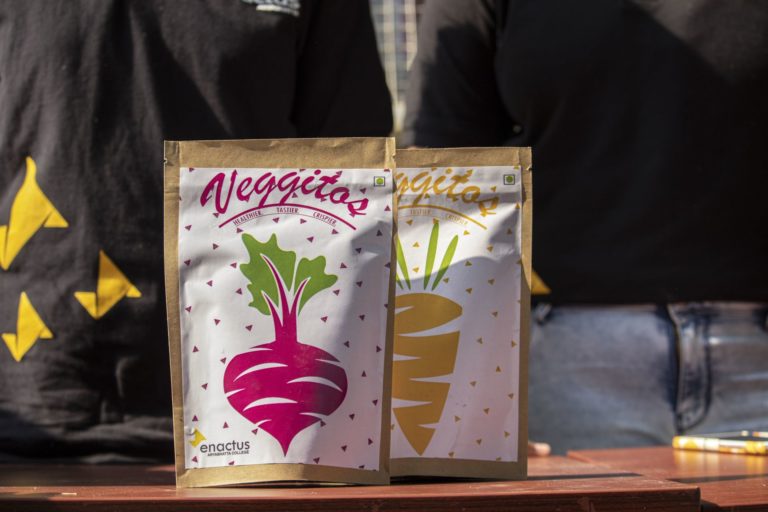
“Success, above all, is achieved when all three – Art, Science and Craft meet,” remarked Utkarsh project head Nitish Gupta.“Project Utkarsh, the maker of ‘The Woman of The House,’ has clearly shown this since the time of its inception in a small kitchen.”
Nitish highlights that there are more plans for this project. In his words, “A project, a venture, a dream is complete not when it has been converted to reality, but when it makes others dream about it.”
Achieving the SDGs in Colour
Another noteworthy project under EA’s belt is Palaash, born after EA faced the negative effects of poor waste management. Tonnes of temple flowers are discarded every day, some of them containing residual pesticides that make their way into water systems. Project Palaash involves collecting these flowers and using them to create natural dyes.
Related Articles: How Partnerships Can Turbo Charge Progress on the SDGs | Achieving the SDGs “grassroots-up” or “global trade-down”?
The textile dyeing industry is one of the most water-consuming in the world. As much as 151 litres of water are used when dyeing a kilogram of fabric. Since natural dyes are a superior substitute, project Palaash helps preserve the environment while also serving as a source of income for those involved in the project, covering SDGs 8, 13, and 14.
The Work Continues
EA is also collaborating with STOP – Global Movement, a non-profit organisation that aims to stop the oppression and trafficking of children. This synergic collaboration is accelerating the achievement of SDGs 5, 8, and 16.
STOP was founded in 1998 during the Global March against Child Labor. Since its inception, STOP has been working towards the mission of rescuing victims of human trafficking, slavery, and oppression, empowering victims through education, employment, provision of vocational training, and personal development.
Both EA and STOP are working to ensure the wellbeing of victims. The work being done includes:
- The prevention of human trafficking
- Rescuing
- Repatriation
- Capacity building
- Rehabilitation
- Empowering survivors and transforming them into self-sufficient social entrepreneurs.
Achieving Goals and Transforming Lives
The projects undertaken by EA have not only impacted the beneficiaries, but the EA team members as well. Sarthak Malhotra, the co-president of EA, shared his transformative journey with the EA team:
“Starting off as an associate member, from working my way to the first field visits of Project Utkarsh’s community to tackling a myriad of social and humanitarian issues – interacting with the destitute community members, understanding their plight and fighting their battles together as a team – has profoundly impacted my outlook on life. It taught me to challenge the status quo, think out of the box, and more importantly, take action.”
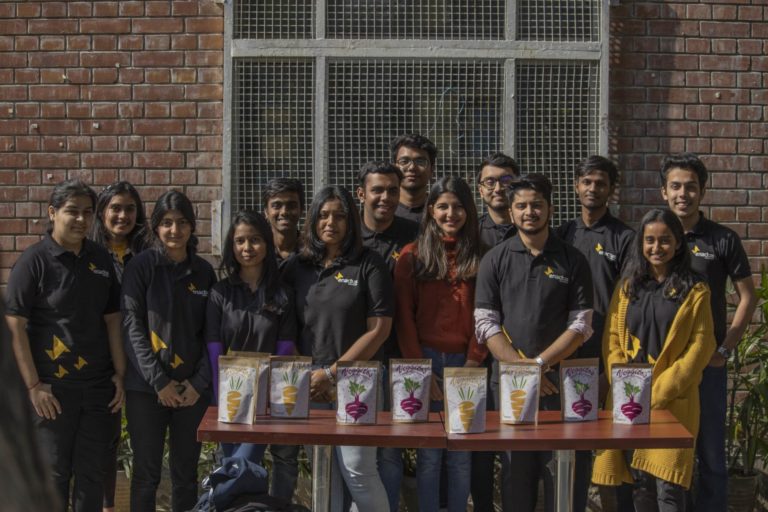
He also highlighted the benefits of leading the EA team, saying, “With the enhanced depth of commitment, leading this team has been an experience that has added tremendous value to my life. Channeling innovation, enabling progress by working scrupulously, and taking imperative steps towards change has changed all our lives.”
Romaana Aamir, an associate member, also echoes this sentiment, “It has been an immense honour to embark on a marvellous journey that transcends every prospect of social entrepreneurship. Igniting the spirits of entrepreneurship, challenging the gears of our mind to innovate novel ideas, and massively impacting the lives of others.”
The SDGs May Not Be Too Ambitious After All
One team has achieved all this and more. One team is accelerating the achievement of over 10 SDGs, proving that each of us has a role to play in achieving the SDGs and that no action is too small. We only fall when we give up. As long as we keep on trying, we can make it.
Editor’s Note: The opinions expressed here by Impakter.com columnists are their own, not those of Impakter.com. — In the Featured Photo: Enactus Aryabhatta Members and some of the women entrepreneurs from Project Utkarsh. — Featured Photo Credit: Enactus Aryabhatta D&T Media Team.


